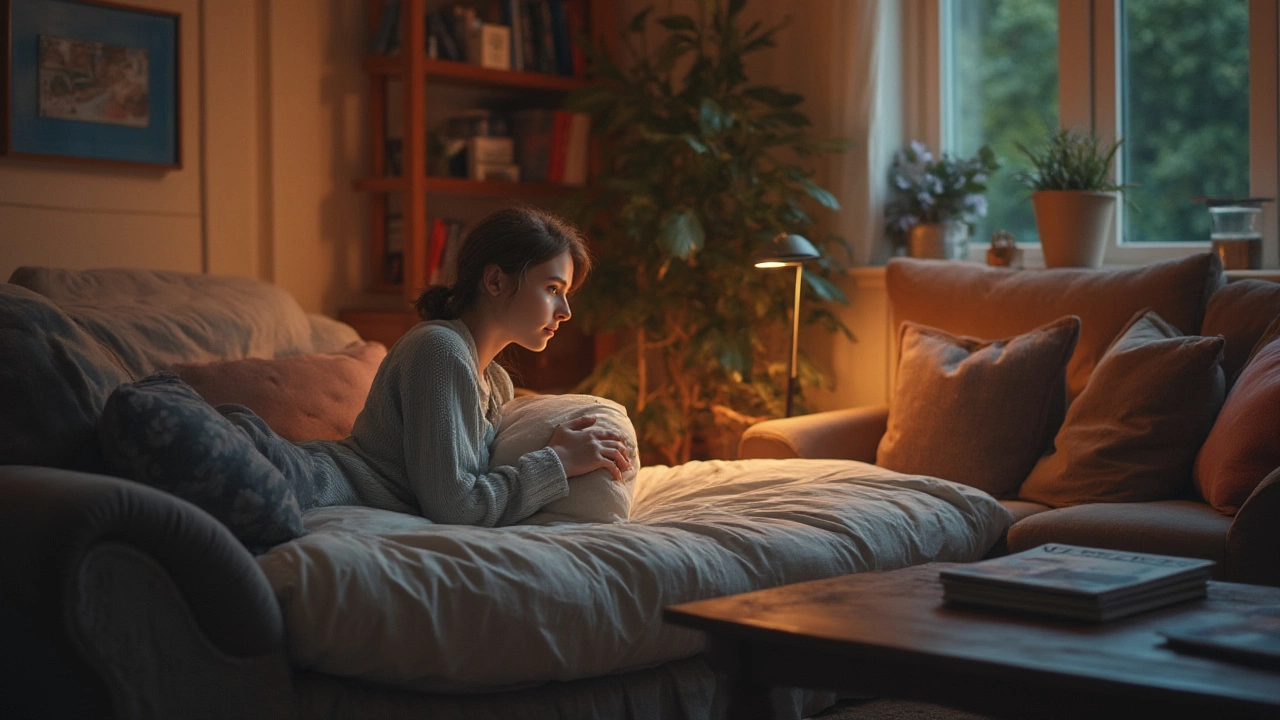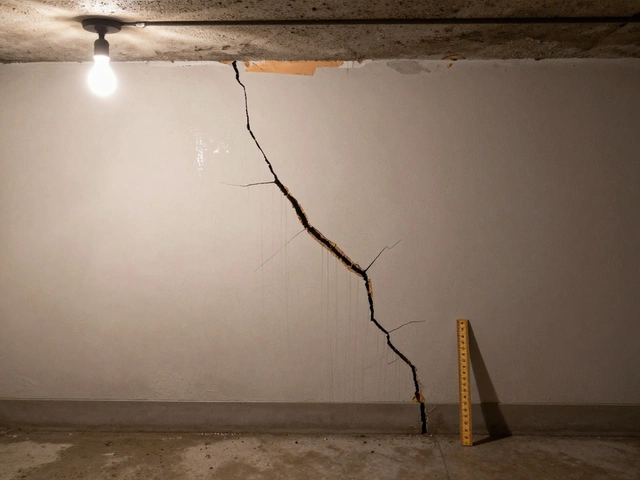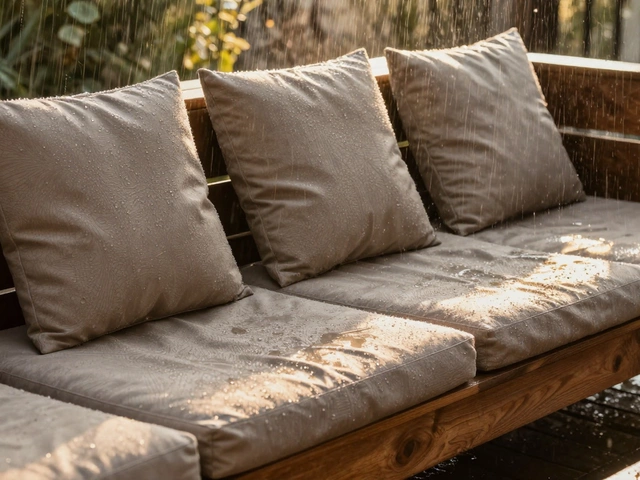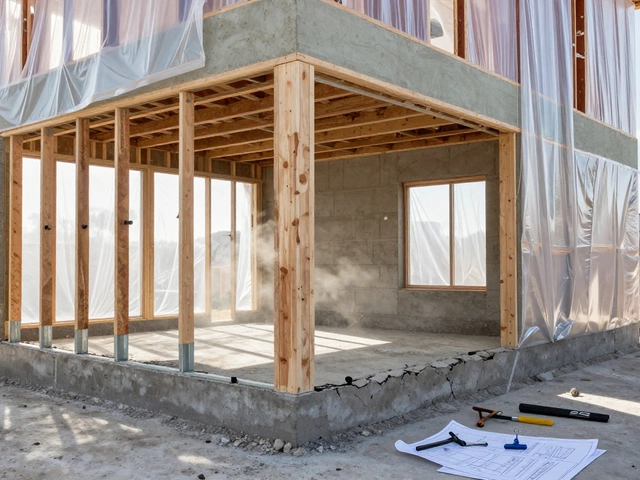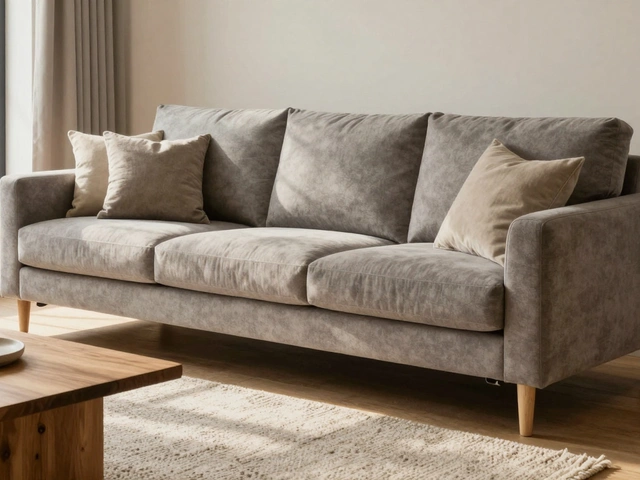Spine Health: How Your Home and Furniture Choices Impact Your Back
When talking about spine health, the condition of the vertebral column and the muscles that support it. Also known as back health, it directly influences how comfortable you feel during everyday tasks. Good spine health isn’t just about exercise; it’s shaped by the chairs you sit on, the way you store items, and how you arrange your workspace. In short, a well‑designed home can reduce strain, improve alignment, and keep the spine in its natural curve.
Why Your Home Setup Matters
Enter Ergonomic Furniture, pieces designed to support natural body posture and reduce pressure points. A supportive office chair, a height‑adjustable desk, or a lounge sofa with proper lumbar cushioning can turn a potential back‑breaker into a back‑booster. Home Workspace Design, the layout and equipment arrangement in a domestic work area ties directly to spine health because it dictates how often you slouch or reach awkwardly. Pairing ergonomic furniture with smart layout choices—like placing monitors at eye level and keeping frequently used items within arm’s reach—creates a chain reaction: fewer bad habits, less muscle fatigue, and stronger spinal support.
Another cornerstone is Proper Posture, the alignment of the head, shoulders, and spine during sitting, standing, or moving. When you sit, your ears should align over your shoulders, and your shoulders over your hips. That simple line becomes compromised when a couch is too deep, a desk too low, or storage solutions force you to hunch. By using back‑support cushions, adjusting chair height, and keeping the floor clear of obstacles, you give your spine the space it needs to stay neutral. Even small habits—like standing up for a minute every half hour or using a standing desk—add up to big gains in spinal resilience.
Finally, consider how storage and decluttering affect your movement. Over‑filled shelves or heavy boxes stored on the floor can cause you to lift incorrectly, stressing the lower back. Smart storage ideas—vertical racks, sliding drawers, and lightweight containers—reduce bending and twisting motions. When you combine these practices with ergonomic furniture and mindful posture, you build a home environment that actively protects your spine. Below you’ll find a range of articles that dive deeper into each of these topics, from DIY furniture upgrades to simple space‑saving tricks, all aimed at keeping your back happy and healthy.
Is Sleeping on a Sofa Bed Bad for Your Back? Comfort, Science, and Real-Life Tips
Thinking about crashing on a sofa bed? Get the facts on how it affects your back, comfort tricks, and science-backed tips to protect your spine.
full article